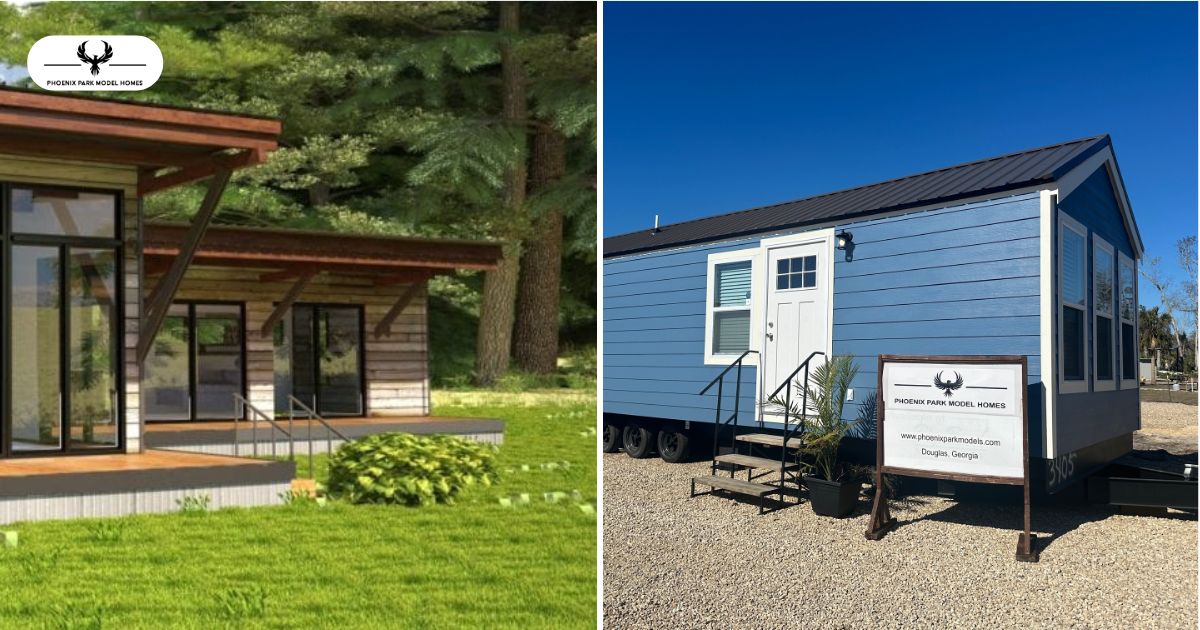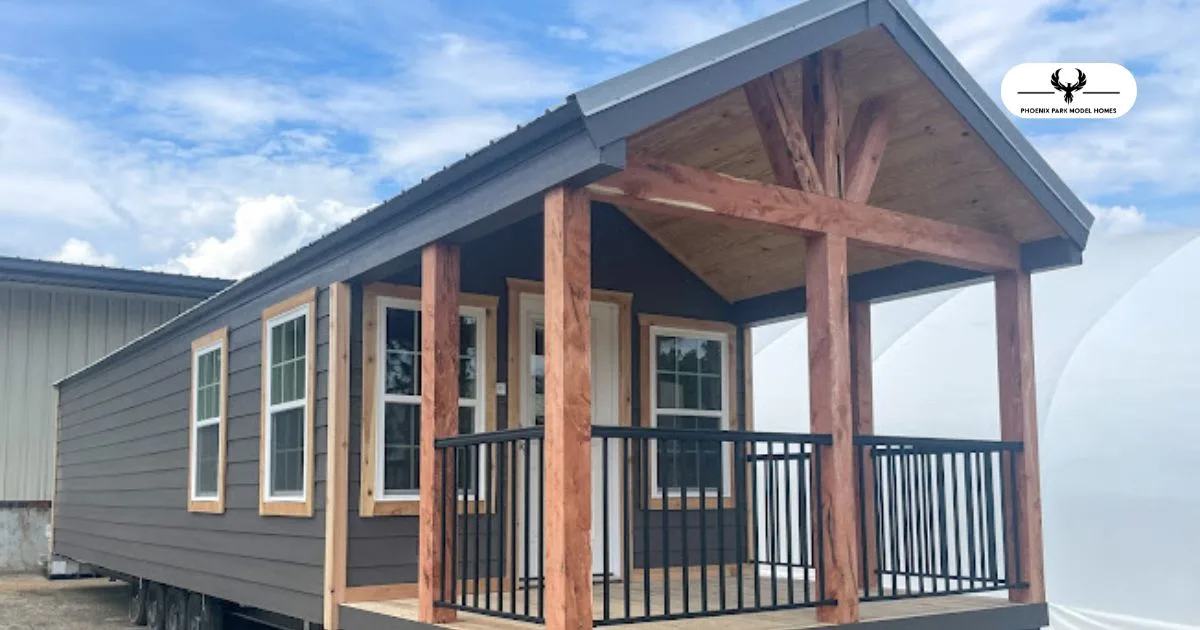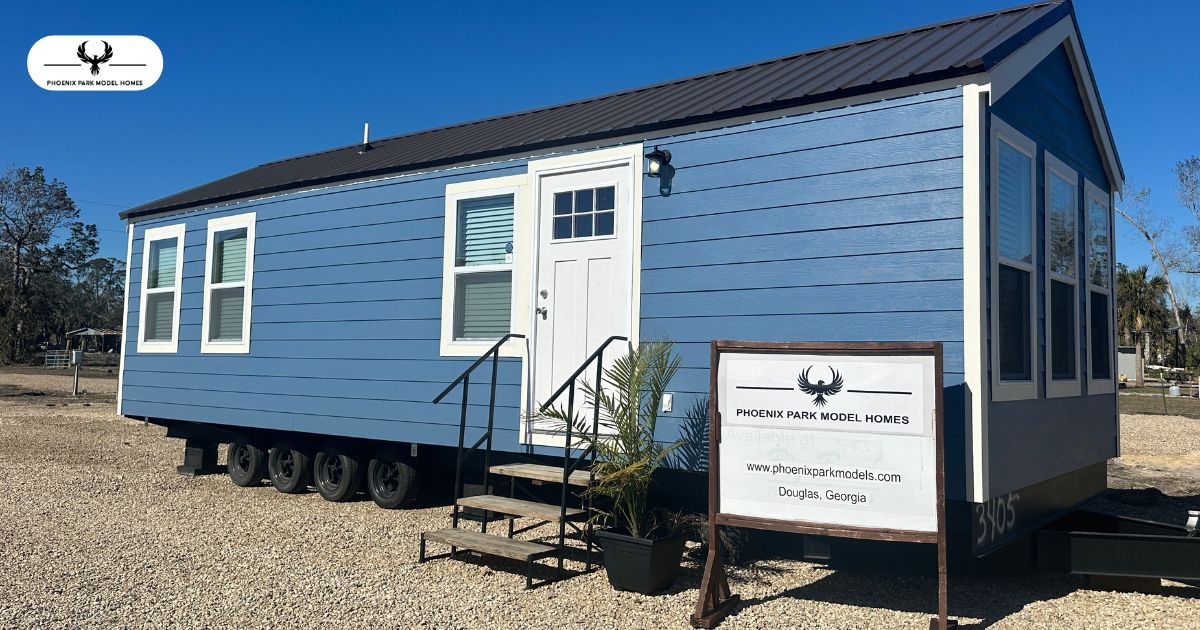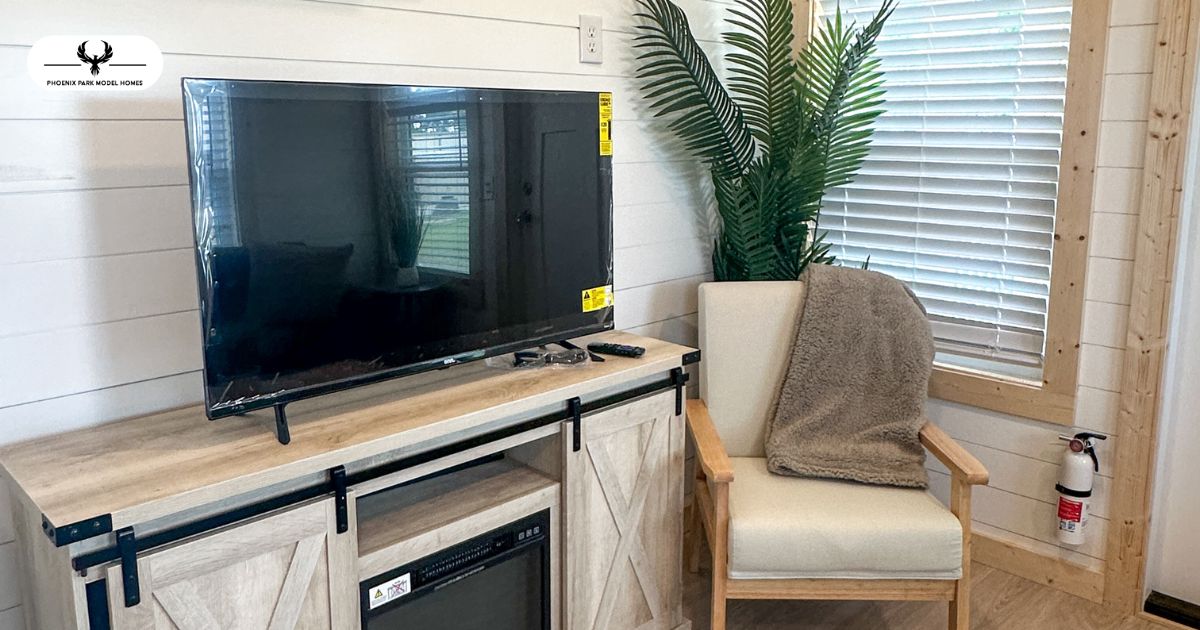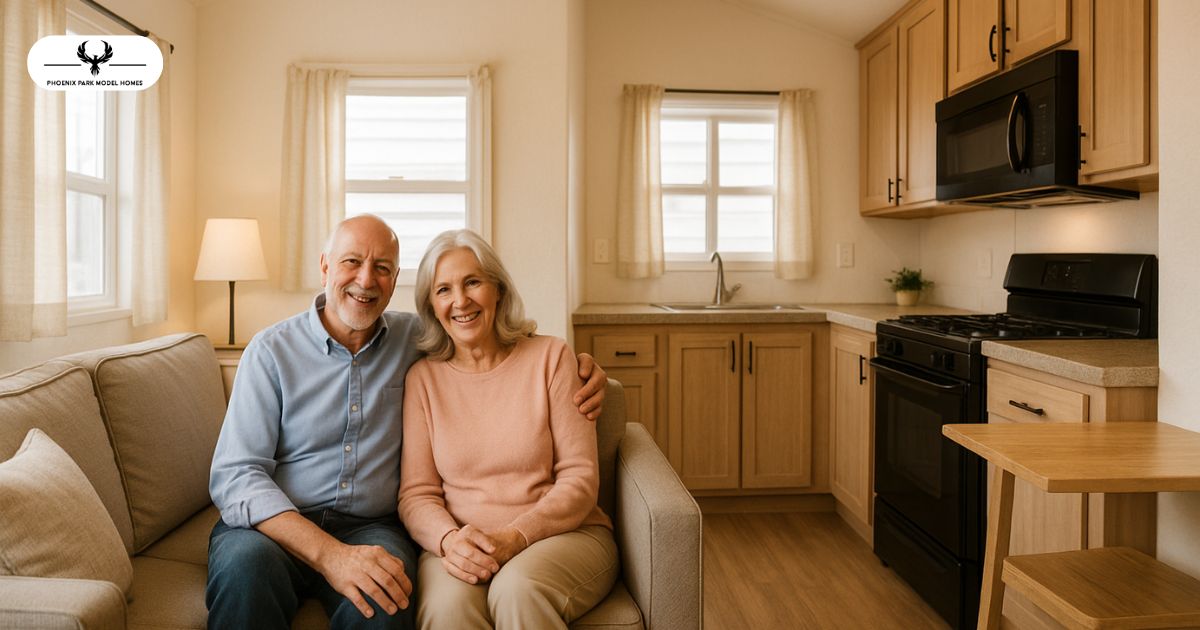Key Takeaway
-
- Park model homes and prefab modular homes are both excellent alternatives to traditional housing, but they differ in terms of size, cost, and use cases.
- Park model homes are typically smaller, transportable, and ideal for seasonal or vacation living, while prefab modular homes offer larger, permanent solutions.
- This comparison will help you decide which option suits your lifestyle, budget, and long-term plans.
When considering alternative housing options, two popular choices are park model homes and prefab modular homes. Both offer more flexibility, affordability, and efficiency than traditional homes, but they serve different purposes and come with unique features.
In this blog, we’ll explore the key differences, benefits, and drawbacks of park model homes vs prefab modular homes to help you make an informed decision.
Size and Space Comparison
- Park Model Homes: Typically under 400 sq ft. Designed for compact living and often used as vacation homes, seasonal homes, or for tiny house living.
- Prefab Modular Homes: Ranges from 600 sq ft to over 2,000 sq ft. Offers more space for full-time living and can include multiple rooms, larger kitchens, and spacious living areas.
Cost Comparison
- Park Model Homes: Park models are more affordable, with prices ranging from $40,000 to $100,000. They are cost effective for those looking for vacation homes, small spaces, or temporary housing.
- Prefab Modular Homes: Generally, modular homes are more expensive. Prices typically range from $50,000 to $200,000 or more, depending on the size, customization, and features.
Mobility and Installation
- Park Model Homes: Transportable and can be moved to different locations, making them ideal for seasonal living or people who like to relocate.
- Prefab Modular Homes: Permanent structures. Once installed on a foundation, they are designed to stay in place, making them a better option for full-time living.
Customization and Layout
- Park Model Homes: Park models offer customization in terms of interiors, finishes, and some layouts, but they are generally designed for compact spaces. Their smaller size limits how much customization can be done.
- Prefab Modular Homes: Modular homes provide greater flexibility in layout and design. They can be customized for larger floor plans, additional rooms, or open-concept layouts.
Zoning and Regulations
- Park Model Homes: Often considered recreational vehicles (RVs) by zoning laws and may face restrictions for permanent use. Park models are perfect for seasonal or vacation living, but can be subject to local regulations or restrictions for full-time living.
- Prefab Modular Homes: Treated as permanent homes, modular homes adhere to local building codes and zoning regulations, making them a good option for long-term residency.
Durability and Longevity
- Park Model Homes: Designed for short-term living (seasonal or vacation), they are built with high-quality materials but may not be as durable as modular homes for long-term, year-round living.
- Prefab Modular Homes: Built for permanent living, these homes are designed to withstand the test of time and offer durability for long-term use, with the added advantage of being weather-resistant.
Energy Efficiency
- Park Model Homes: Park models often come with energy-efficient features but may not be as optimized for energy savings as modular homes, especially in extreme climates.
- Prefab Modular Homes: Modern modular homes often have advanced energy-efficient features, such as better insulation, double-glazed windows, and energy-saving systems, making them more suitable for full-time living.
Conclusion
The choice between a park model home and a prefab modular home ultimately depends on your needs, lifestyle, and budget:
- If you’re looking for a compact, affordable home for vacation or part-time living, a park model home is a great option.
- If you need more space for a family or long-term residence with customized layouts and full-time durability, a prefab modular home may be the right choice.
For personalized advice on the best options for your lifestyle, reach out to Phoenix Park Models and explore our range of park model homes.
FAQs
Are park model homes suitable for full-time living?
Park models are best suited for vacation, seasonal, or temporary living. Some may work for full-time living, but they are typically smaller and may not meet local zoning laws for permanent residency.
Can I move a prefab modular home?
Prefab modular homes are permanent structures and typically aren’t designed to be moved after installation.
What is the lifespan of a park model home?
With proper care and maintenance, park models can last 15-30 years, but they are designed for seasonal use, so longevity depends on factors like weather exposure and upkeep.
Are prefab modular homes more energy-efficient than park models?
Prefab modular homes generally offer better insulation, energy-efficient features, and modern appliances, making them more energy-efficient for year-round living.


